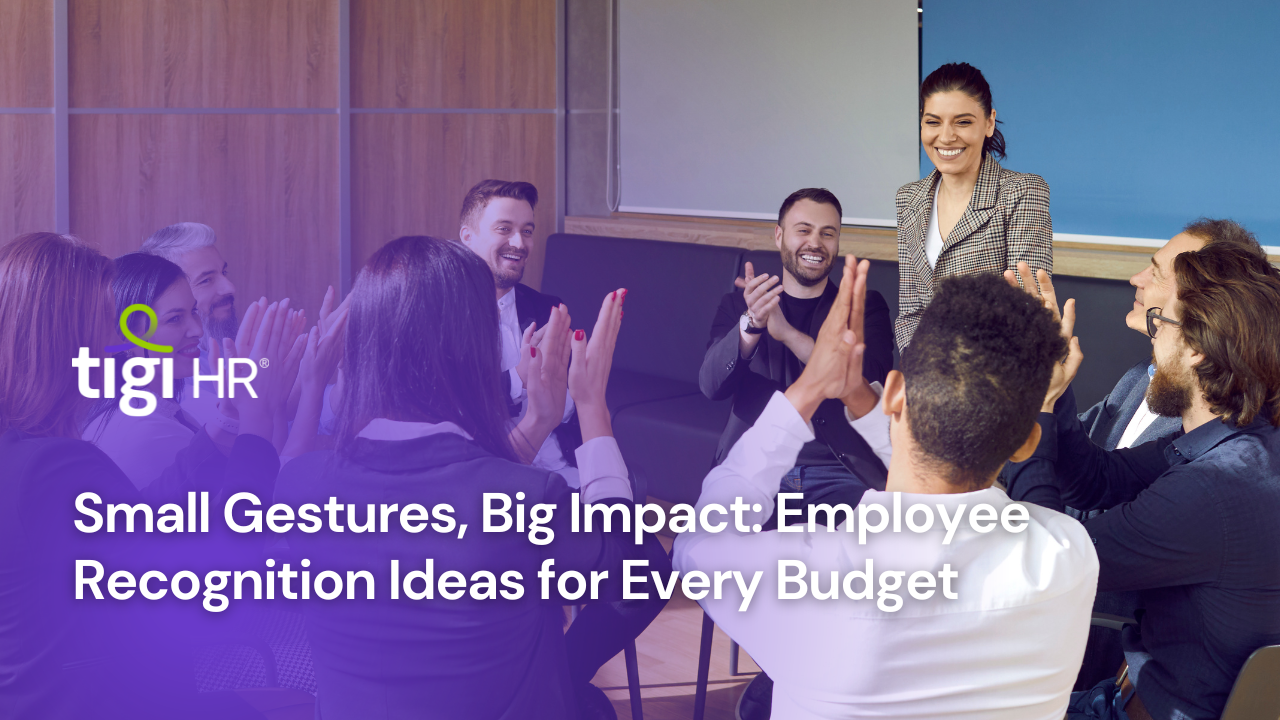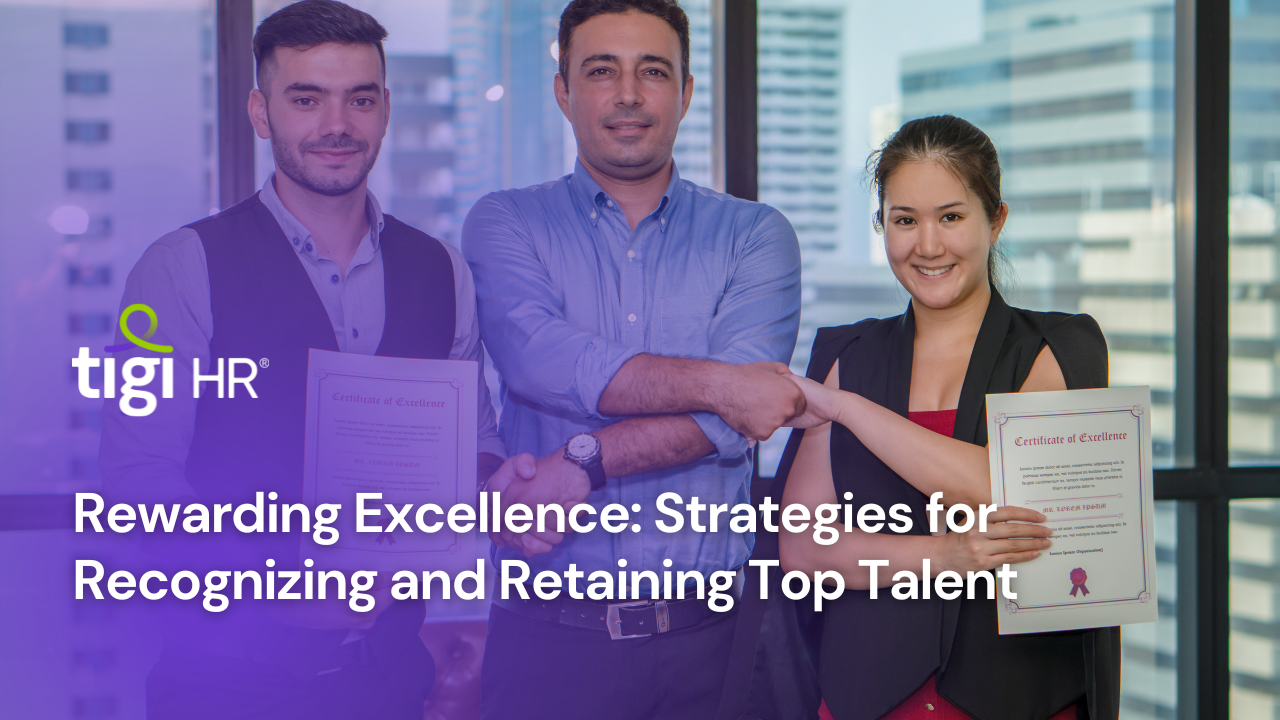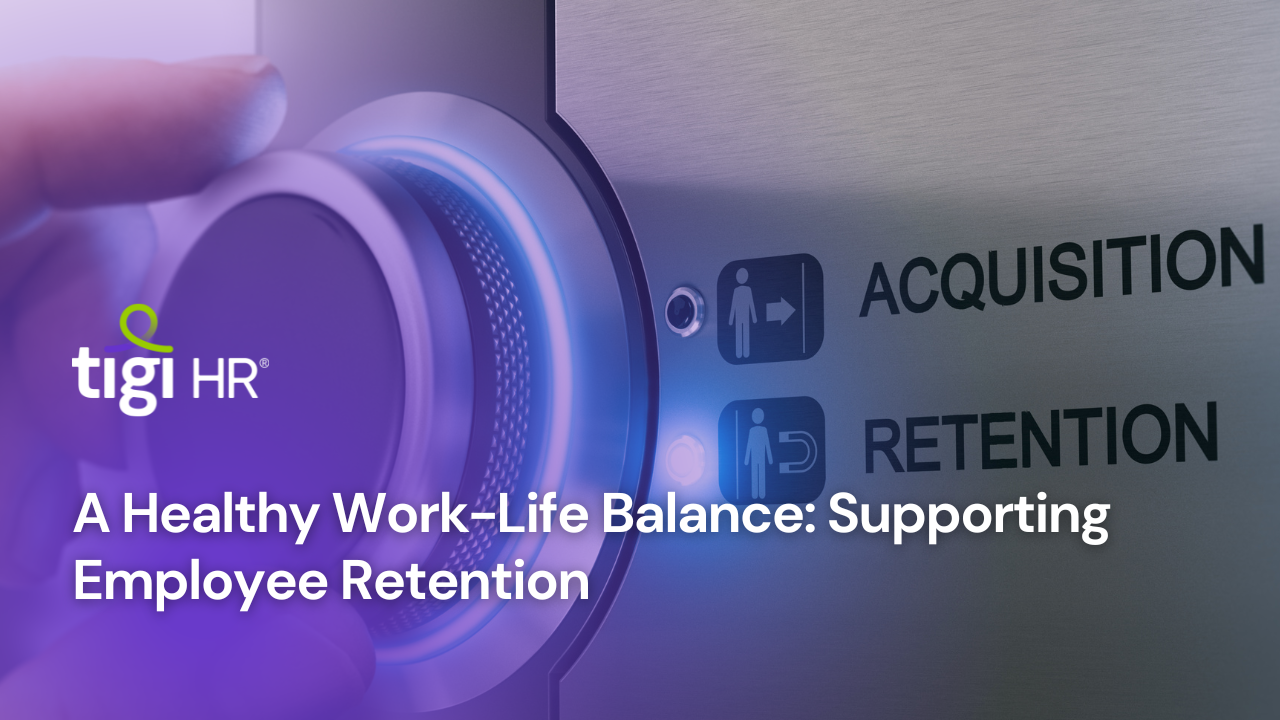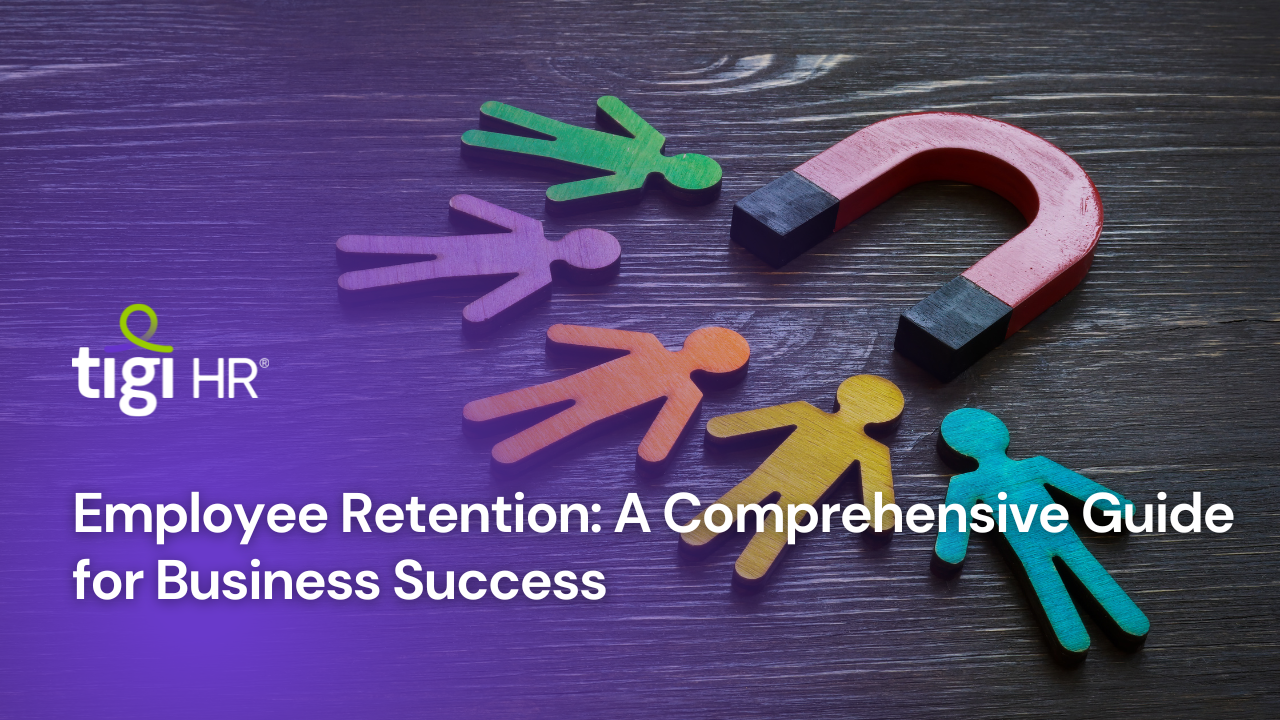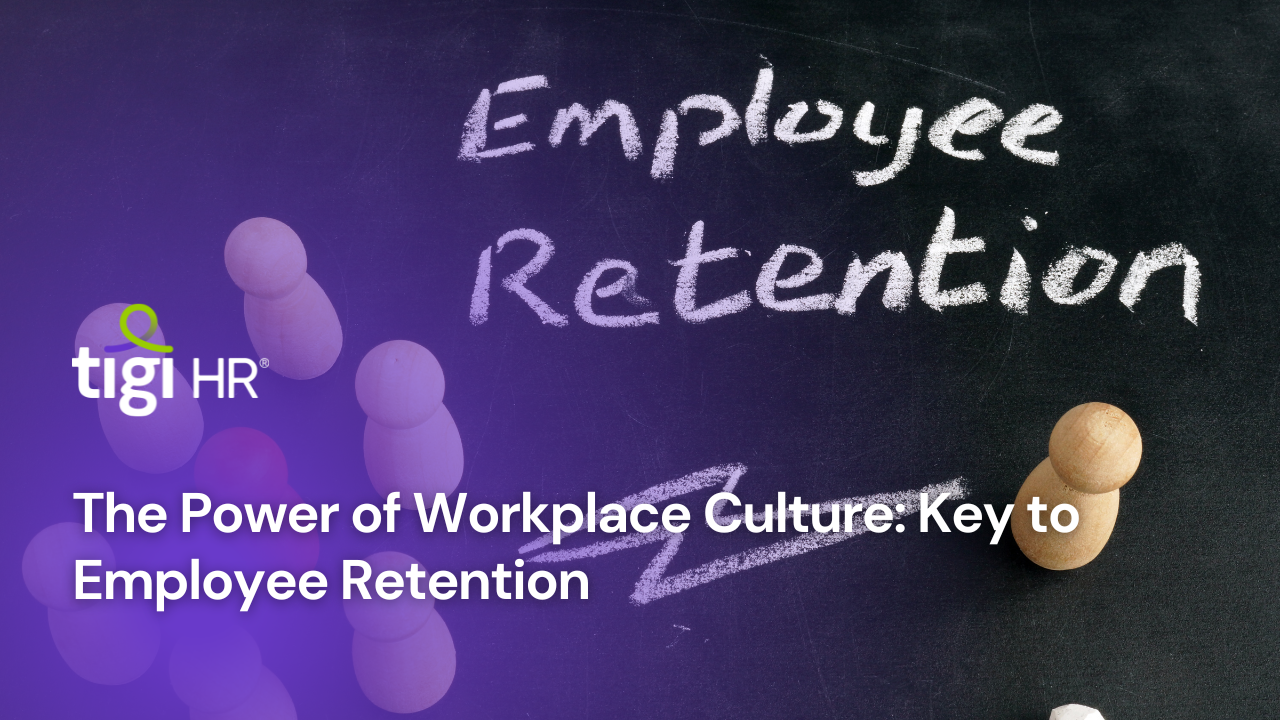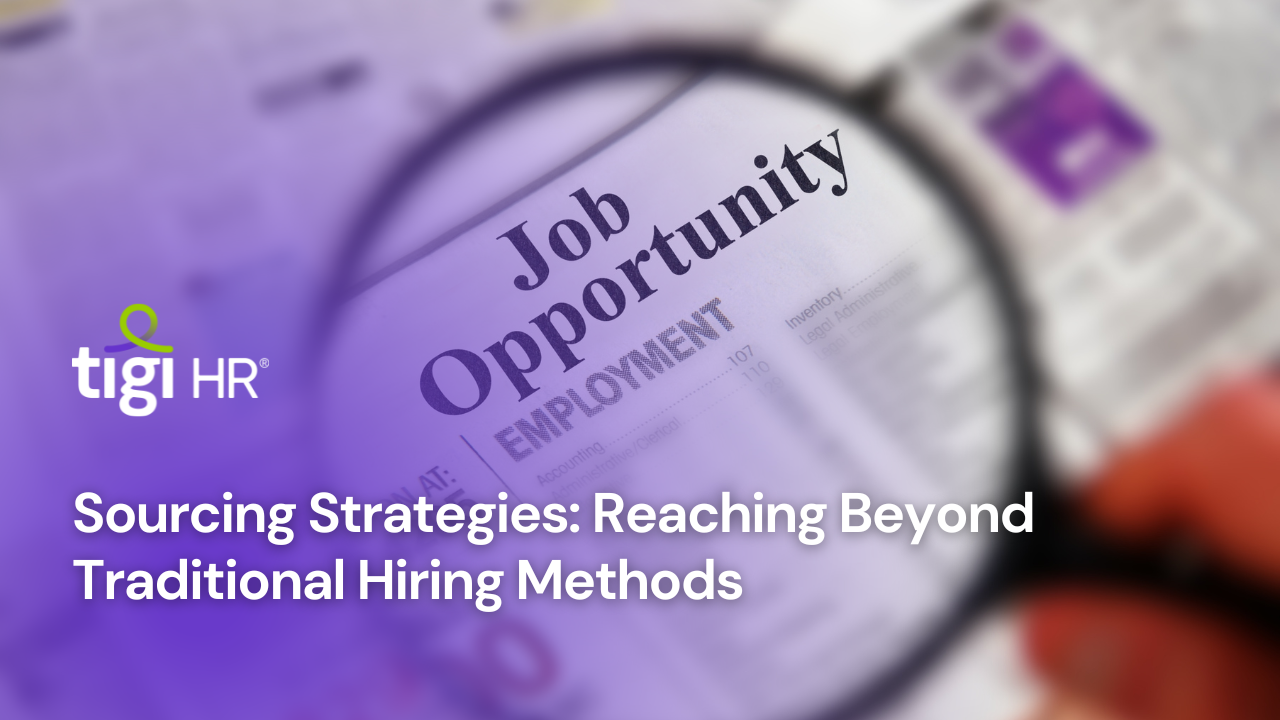Entering a new workplace is akin to stepping into a maze; the onboarding process serves as the guiding thread, paving the way for a new employee’s integration, engagement, and long-term commitment. This excerpt delves into essential tips for a seamless and productive onboarding experience, emphasizing the strategic importance of a well-structured onboarding process in fostering a successful workforce.
Onboarding is more than just an orientation; it’s an integration process that acquaints new employees with the company culture, goals, and their role within the organization. Research underscores its impact, revealing that a structured onboarding process can amplify employee retention by a remarkable 82%.
The early days of an employee’s tenure significantly shape their engagement levels. Studies by Gallup affirm this, indicating that organizations with a robust onboarding process can elevate new hire engagement by an impressive 50%. This highlights the pivotal role of onboarding in fostering a sense of belonging and purpose right from the start.
Initiate the onboarding journey before the start date by sending welcome emails, sharing company culture insights, and providing necessary paperwork in advance.
Develop a comprehensive plan encompassing day-by-day activities, orientation sessions, and introductions to key team members or departments.
Ensure new hires have seamless access to necessary tools, software, and resources essential for their roles, eliminating initial obstacles.
Pair new employees with experienced mentors or buddies who can guide them through company culture, workflows, and informal protocols.
Facilitate interactions with team members through team lunches, virtual meetings, or coffee sessions to foster camaraderie and early connections.
Communicate job responsibilities, performance expectations, and company values clearly to align the new employee’s goals with organizational objectives.
Schedule periodic check-ins to provide feedback, address concerns, and ensure new hires feel supported and valued throughout the onboarding process.
– The Aberdeen Group found that companies with a formal onboarding process retain 91% of their first-year employees.
– SHRM’s research highlights that 69% of employees are more likely to stay for three years if they experienced great onboarding.
A robust onboarding process isn’t a one-time event; it’s a continual effort to integrate new hires seamlessly into the company culture. Evolving and adapting the process based on feedback and changing needs is crucial for sustained success.
Onboarding forms the foundation for an employee’s journey within an organization. Embracing these essential tips ensures that new hires feel welcomed, supported, and motivated from their first day. Prioritizing a structured plan, clear communication, and ongoing support guarantees a smooth transition, fostering engagement, productivity, and long-term retention. This proactive approach not only enriches the employee experience but also contributes significantly to the organization’s success in cultivating a satisfied and high-performing workforce.




